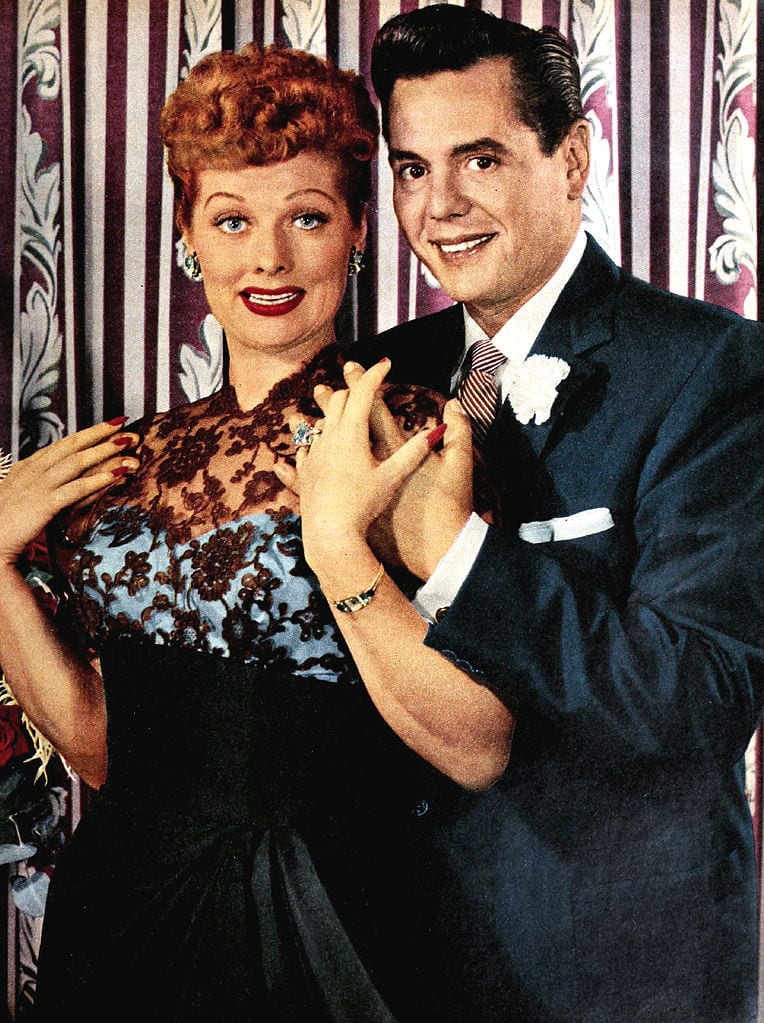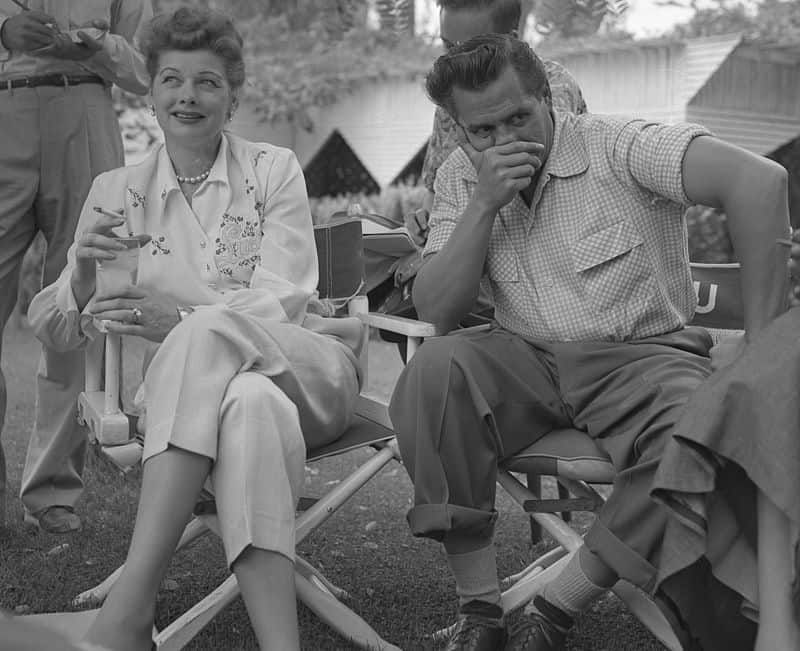Like any if not most dramas of a personal nature between individuals, those which occur between two people not directly involving the observer seem petty in nature. To the individuals involved they are frequently more important. Among the artists and casts of television and film productions they are not uncommon, and they frequently become fodder for those individuals who live for such disagreements. In some cases, the individuals are able to put aside differences long enough to do their jobs and continue to work together. Their differences thus remain personal, as they should be. Such discretion is however becoming more and more difficult to maintain.

ADVERTISEMENT - CONTINUE READING BELOW
Nowadays, whatever one says or does is apt to appear on social media, known to millions, often in a distorted fashion, within minutes. A disagreement between performers on a film set or television stage, often accompanied by video and supplemented by commentary can appear almost instantly, denying the principals any opportunity to resolve a perceived dispute while it remains private. Privacy has become an illusion. Most of the petty disagreements or disputes reported here remained relatively unknown, and thus petty in nature, for years. Today, they would not. What are called “tweets”, invoking the chirp of a harmless bird, instead resembles the raucous screech of a vulture. Here are some examples of petty drama from the sets of popular television and film sets of the past, which predated the watchful and exposing eyes of social media.

ADVERTISEMENT - CONTINUE READING BELOW
The set of I Love Lucy presented a tense atmosphere
From 1951, when it debuted, through 1957, when the program ceased original productions, I Love Lucy dominated American television. Fans, which according to studies were virtually everyone with a television set, watched changes which were in many ways culturally significant, though most of them didn’t know it and didn’t care. Lucy and Desi had an interracial marriage, a Hispanic Cuban exile and an all-American girl. There was little comment, despite the growing fears in America over events in Cuba during the decade. Lucy became pregnant and had her baby on the program, an unheard eventuality in a time when married couples on television were shown as using twin beds, usually separated by a nightstand. Desi’s heavy accent and mangled syntax were a source of comedic events, rather than stereotyping an immigrant.

ADVERTISEMENT - CONTINUE READING BELOW
They lived (in the early years) in a small apartment in New York City, paying their rent to Fred and Ethel Mertz, landlords and good friends. Lucy balked at the role of housewife, desirous of a career in show business like that of her husband. Ethel often helped her in her botched attempts, earning the disapproval of their husbands. Both men expected their wives to keep the apartments, do the laundry, have meals ready in a timely manner, and keep within the budgets they, the breadwinners, established for their household. For some reason, in a day when such behavior and the attitudes it reflects seems barely evolved from the Neanderthals, the program remains immensely popular in reruns, because it is nostalgic for some but more importantly, because it is funny. Yet all was not laughs on the Lucy set. Petty differences divided the show’s stars during production.

